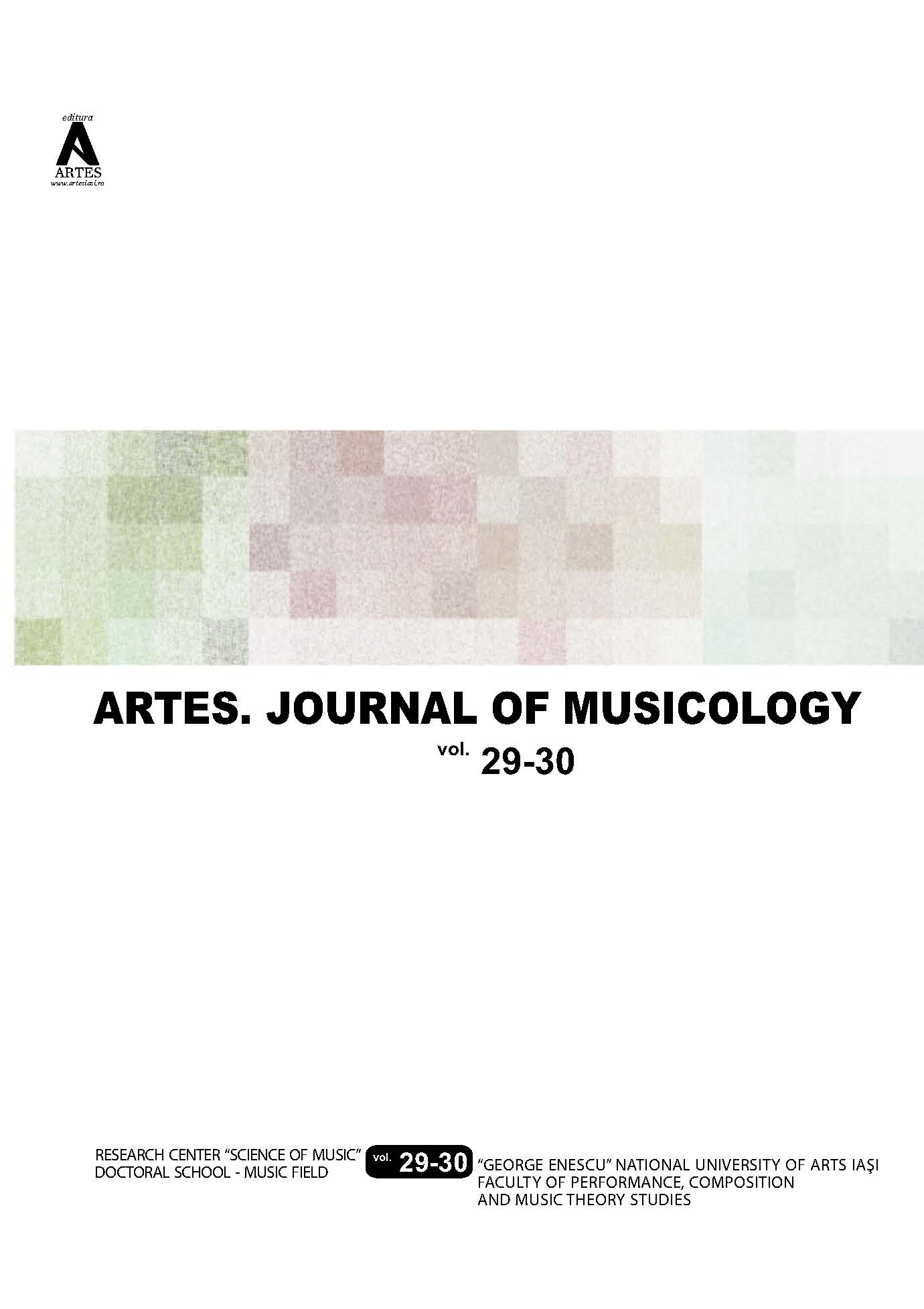Stylistic Reflections on Soprano Maria Slătinaru Nistor's Vocal Interpretation of the Lieder by Robert Schumann and Richard Wagner
DOI:
https://doi.org/10.35218/ajm-2024-0013Keywords:
vocal technique, Maria Slătinaru, lied, soprano, singingAbstract
The article aims to highlight the artistic personality of soprano Maria Slătinaru Nistor, born in Iași on May 25, 1938. A student of the distinguished opera and lied professor and soloist Arta Florescu, Maria Slătinaru Nistor shone on the world's greatest lyrical stages, both in Italian repertoire (as an incomparable Leonora in Verdi's Il Trovatore, earning accolades from audiences and music critics in Verdi's Aida, later portraying an impetuous and striking Floria Tosca in Puccini's opera, a role played over 250 times, as well as taking on Mimi in La Bohème, Liu and Turandot in Puccini's eponymous opera, La Wally in Catalani's opera, and Gioconda in Ponchielli's creation) and in German repertoire, interpreting roles in operas like The Flying Dutchman, Lohengrin and Die Walküre by Wagner with distinguished elegance. Additionally, the study aims to highlight the stylistic and vocal differences in Mrs. Slătinaru Nistor's art by delving into the world of German vocal miniatures, based on the Electrecord recordings for Robert Schumann's op. 42 Frauenliebe und leben (orchestrated by Theodor Rogalski) and Richard Wagner's Five Songs on Verses by Mathilde Wesendonck (orchestrated by Felix Mottl). The Electrecord recordings forming the basis of the analysis were performed by soprano Maria Slătinaru Nistor in collaboration with the Romanian Radio Broadcasting Corporation's Studio Orchestra, conducted by Carol Litvin, in 1981. This project dates back to the peak of the distinguished performer and professor's creative activity, whose artistic destiny began in Iași.
Downloads
Published
Issue
Section
License
Copyright (c) 2024 ARTES. JOURNAL OF MUSICOLOGY

This work is licensed under a Creative Commons Attribution-NonCommercial 4.0 International License.

